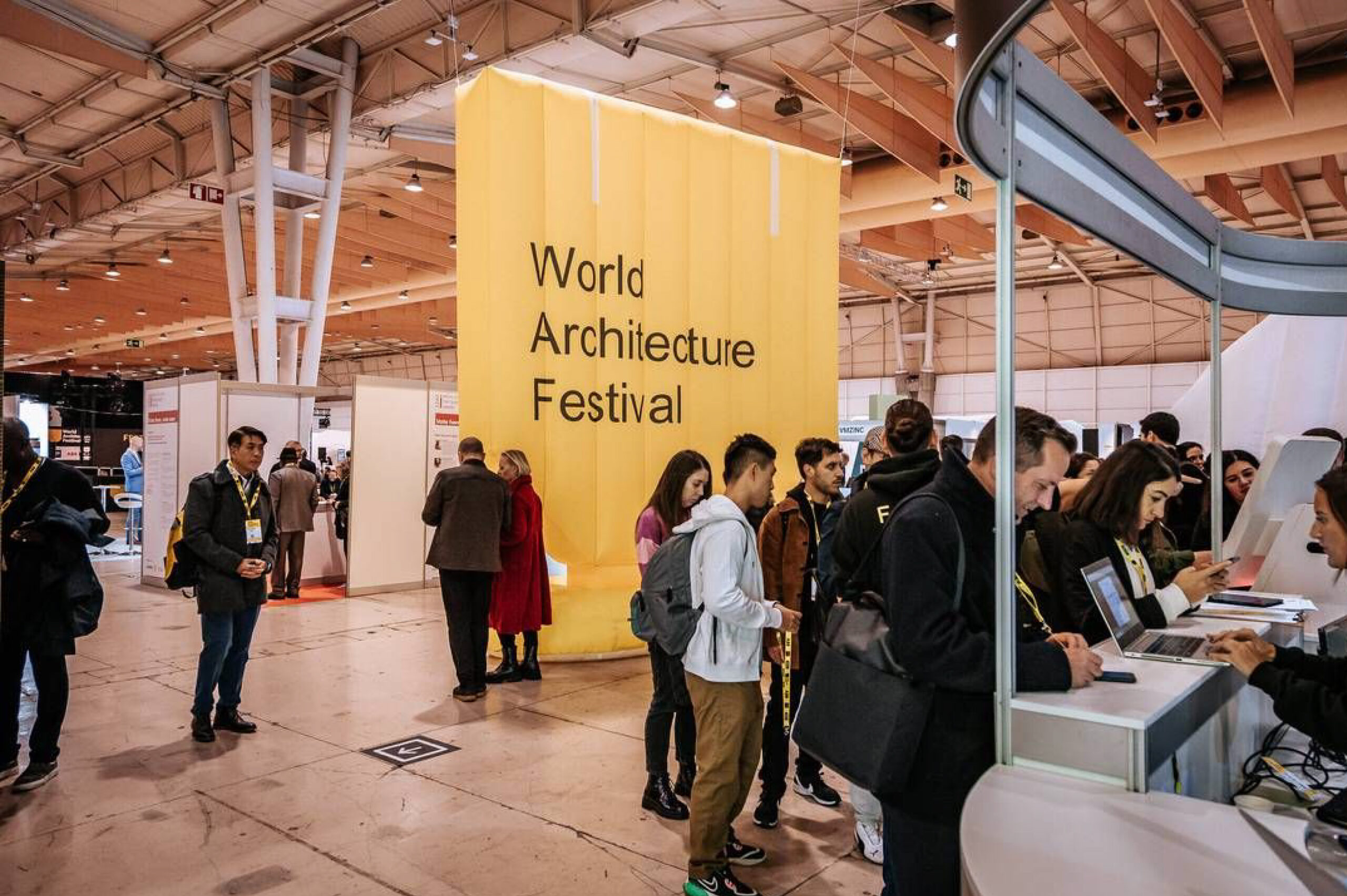November 2024 features five global events, each showcasing the best in sustainable design and urban innovation alongside creative inspiration. From the timeless architecture in Venice to the lively streets of Singapore and Dubai, these gatherings are a genius pairing for others looking to connect. Here is your guide to major architecture events taking place this November.
Date: November 6 – 8, 2024
Location: Singapore
The World Architecture Festival is a premier event that celebrates architecture in various categories, including urban landscapes and sustainable building practices. Architects from all over the world come to WAF for awards, talks, and networking. It’s a must-attend event for anyone interested in the future of architecture. This year’s edition includes the Inside World Festival of Interiors, an event dedicated to interiors and the latest design innovations.



Date: Until November 24, 2024
Location: Venice, Italy
The 18th Venice Architecture Biennale, themed “The Laboratory of the Future,” explores the critical role of architecture in advancing sustainability. Running through November, the Biennale attracts architects eager to explore experimental and forward-thinking design. With diverse exhibits and discussions focused on sustainable urban spaces, it’s an ideal event for discovering innovative solutions to today’s architectural challenges.



Date: November 5–10, 2024
Location: Dubai, UAE
Dubai Design Week is the biggest design event in the Middle East. It brings regional and international talent together through exhibitions, installations, and talks. This year’s program focuses on technology, sustainability, and design, making it a must-attend for architects who want fresh ideas in a dynamic urban environment. Highlights include interactive workshops and thought-provoking installations that spark conversations about the future of urban design and sustainable architecture.



Date: November 5, 2024
Location: London, UK
The RIBA Stirling Prize 2024 Winner’s Talk is scheduled for November 5, 2024, and will take place at RIBA Headquarters in London. This event provides an enlightening opportunity for architects and enthusiasts to hear directly from the winning team about their winning design. Attendees will learn about the project’s inspiration, challenges, and how winning the UK’s most prestigious architectural award affected it.



Date: November 1-10, 2024
Location: Canberra, Australia
The Design Canberra Festival, a celebrated event showcasing Canberra’s vibrant creative scene, returns with the theme “Regenerate”. Over ten days, the festival offers a dynamic mix of exhibitions, installations, and interactive experiences that explore contemporary design across a range of disciplines. The festival features over 500 artists, designers, and architects, highlighting Canberra’s growing reputation as a global design hub. Attendees can look forward to workshops, studio tours, and discussions about sustainable practices, community impact, and innovation in design.



It’s still important for professionals to find inspiration throughout the month in some of the world’s most vibrant cities. Promoting innovative interiors, urban sustainability, and architectural photography, to name just a few of the themes of these international gatherings, is an initiative that is key to broadening the view of architecture.
